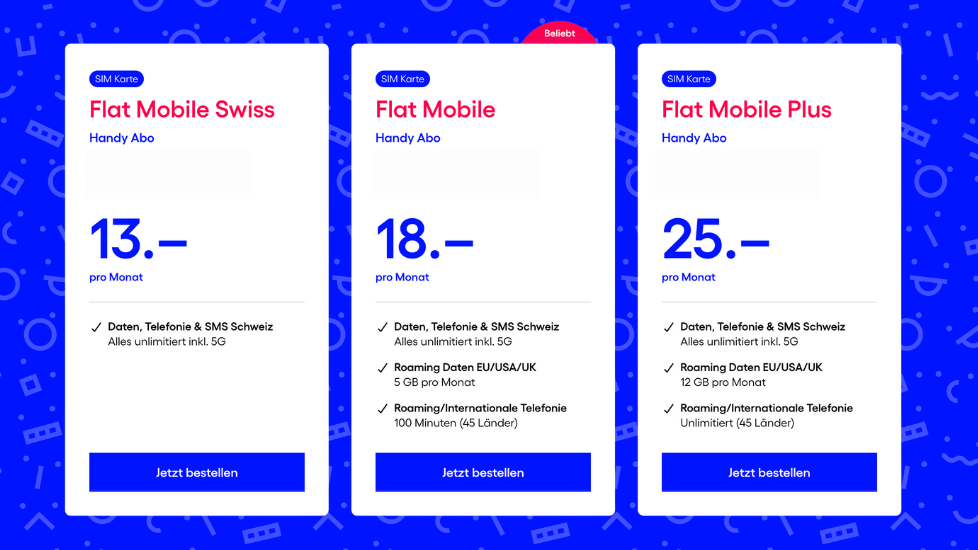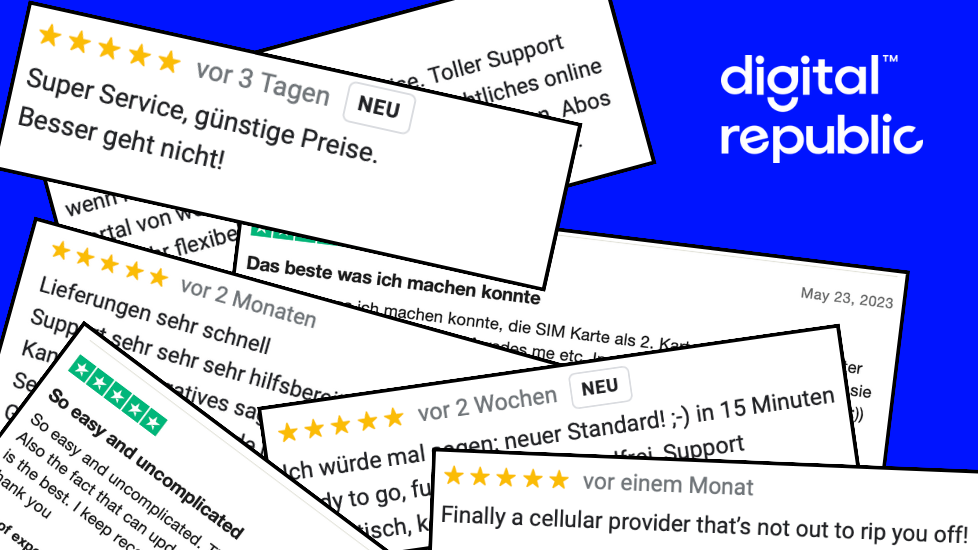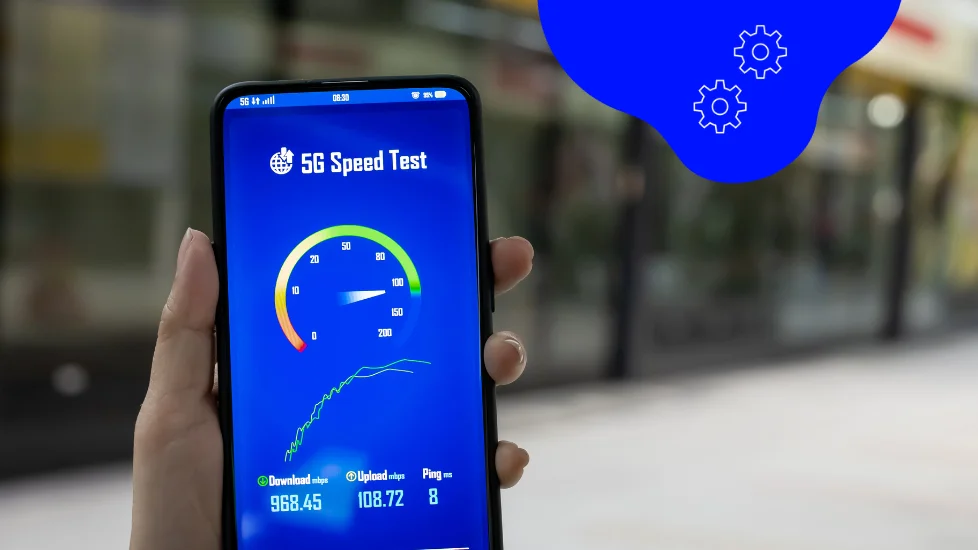Mobile internet for everyone and everything
Can Malware Hide Behind an eSIM?
The eSIM share among mobile plans sold continues to grow steadily, and more and more people are enjoying the ease of installation and the flexibility gained. However, security concerns keep cropping up. What if, for example, a rogue provider sends malware via the QR code? After all, the omnipresent codes can also be used to link to phishing sites or start a download. However, QR codes are by no means all the same, which is why the question requires a deeper explanation.
How the QR-Code of an eSIM Works
The security concerns regarding malware and eSIM stem from the fact that QR codes usually contain a URL that leads to a web page. Whether and how trustworthy these pages are is often not immediately apparent. Especially with unknown providers, the question arises: What could happen when you scan the QR code of an eSIM profile?
The QR codes used to install eSIM profiles are not pure URLs. They have additional information that identifies them to the end device as a mobile network tariff. Your smartphone can therefore already tell from the QR code whether it is an eSIM.
If you scan the code and give your smartphone the command to install the eSIM, a connection is established to a server on which your eSIM profile is stored. This is then loaded onto your smartphone and you are connected to the network of the corresponding provider.

The scanned QR code thus has the function of signaling to your smartphone that there is a cell phone rate to be installed and also of identifying to the provider’s server which specific eSIM profile you have purchased. In this way, the necessary information can be exchanged between your smartphone and the provider’s network so that you can dial into the network.
How Secure Is an eSIM Installation?
It is obvious that these are not typical URLs. What remains is the question of the security of the whole process; after all, an eSIM code also connects your smartphone to a server. So basically it’s the same as with an ordinary web URL, isn’t it?
Fortunately, we can reassure you here as well. Since eSIM profiles are sensitive data, the necessary standards have been created to ensure that the transfer is as secure as possible.
The program on your smartphone that installs the eSIM is the SIM manager. It can only read QR codes that actually refer to an eSIM profile. It is also the SIM manager that notifies you when you scan the QR code with your smartphone’s camera app. In this case, the camera app will also immediately show you whether it is a mobile plan or a website.
On older smartphones, you may also see a link when you scan the code with the camera. If this starts with “LPA:”, it is an eSIM profile.
Communication with your provider’s server is protected with certificates. These are official GSMA certificates. Without such a certificate, the installation process on your smartphone is aborted. A provider cannot simply develop “malicious” eSIM profiles. These would simply not be loaded onto your smartphone.
The only potential source of damage that remains is an accidental visit to a malicious website.
How Can I Protect Myself From Malicious QR-Codes?
Even though the installation process of the eSIM is very secure, it is still theoretically possible that you are sold a QR code as an eSIM that points to a malicious website.
To prevent this from happening to you, you should get into the habit of briefly checking where the code is supposed to take you each time you scan a QR before you tap on the link.
If you have received a QR code as an eSIM and your smartphone does not recognize the code as a mobile plan, you should not click on the link. If you have scanned a QR code for a website, check whether the URL matches the website you want to reach and whether the connection is sufficiently secure (https:// is standard for most websites, http:// is considered insecure and should be avoided).

If you pay attention to these details, nothing will stand in the way of a secure eSIM installation.
If you are interested in an eSIM for Switzerland, take a look at our eSIM rates right now! All Digital Republic eSIMs come with unlimited data volume in Switzerland, are customizable in speed and include 5G.
By the way, we don’t know any minimum contract periods or notice periods either, so that you are connected as freely and flexibly as eSIM technology promises.
Discover Our Other News Articles

The Development of Our Ideal Cell Phone Plans for Switzerland
The path to the current Trio Flat Mobile Swiss, Flat Mobile, and Flat Mobile Plus cell phone plans is also an example of how Digital Republic wants to function as a provider and where its priorities lie. We have quickly transformed ourselves from a pure data SIM provider to a cell phone plan provider. And we have completely rethought the development process.

The Affordable Mobile Provider With Award-Winning Service
When it comes to mobile providers in Switzerland, the wheat is often separated from the chaff when it comes to price. Either you pay little for your subscription and do without services like support or 5G, or you go to one of the big providers and pay more than you might like. At Digital Republic, you get both!

Why 5G Is Not Always Equally Fast
Sometimes fast, sometimes slow, sometimes suddenly 4G again. The network indicator on your smartphone suggests that it is connected to the internet via either 4G or 5G. In fact, a complex mechanism and a lot of communication between your smartphone and the network is taking place in the background to ensure that you always have the best possible connection.
